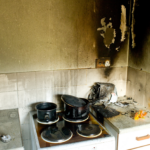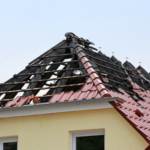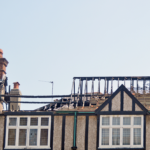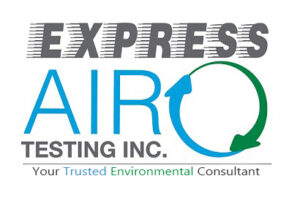What is Fire & Smoke Damage
Wildfires have the potential to affect various aspects, including property, the surrounding environment, and the health of the public, spanning from the fire’s immediate vicinity to regional scales. Typically, inquiries into the effects of wildfire residue are prompted by insurance claims related to property damage.
These inquiries, which can occur within days to several months following a fire, often involve investigative processes, sampling, and analytical methods. The main purpose of these techniques is to verify whether wildfire residues are present or not, aiding in the assessment of the extent of harm to property and assets.
Why Testing is Recommended and Health Effects
Wildfires can impact property, the environment and public health from the immediate vicinity of the fire up to regional impacts.
Ash and char, the primary components of wildfires, may encompass heavy metals, polycyclic aromatic hydrocarbons (PAHs), dioxins, and furans. Of particular concern are constituents like particulate matter with a diameter of 2.5 micrometers (PM2.5) and specific PAHs. Among these, benz[a]anthracene, dibenzo[a,h]anthracene, and benzo[a]pyrene are likely to cause cancer in humans, while benzo[b] fluoranthene, benzo[j] fluoranthene, benzo[k] fluoranthene, chrysene, and naphthalene are categorized as potentially causing cancer in humans.
Exposure to PAHs has been associated with triggering oxidative stress and causing asthma symptoms in both children and adults through the mediation of the immune system. PAHs are commonly detected as a component of household dust. For children, the second most significant route of exposure to carcinogenic PAHs, after inhalation, is through ingesting dust.
Testing Process
Fire and smoke damage is conducting by using Air Quality Assessment and surface sampling techniques. For Air Quality Assessment, indoor air quality will be tested for contaminants and particles using air sampling equipment ( Gravimetric analysis/PCM or TEM Cassettes ) and measuring levels of carbon monoxide, volatile organic compounds (VOCs), and particulate matter.
For Surface Sampling Techniques: Samples are collected from various surfaces and materials using swabs, wipes, or adhesive tape to analyze the presence of residues. Use bulk sampling for larger materials like fabrics, carpets, and insulation.
Samples will be sent to a certified laboratory for detailed analysis. Utilize techniques such as spectroscopy, microscopy (TEM/SEM), and chemical analysis to identify specific contaminants and their concentrations.





